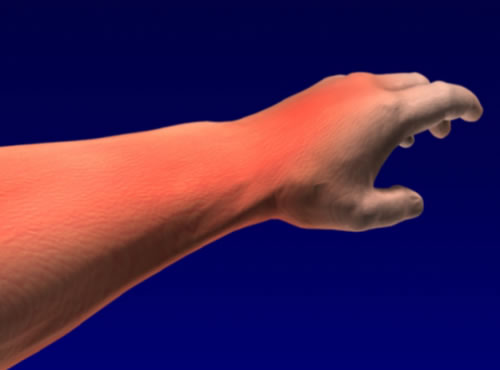Category: Topic Loops
Benefits of statins
After viewing the animation above, see if you can answer the questions below.
Cholesterol reduction
Introduction
- Increased cholesterol is associated with increased risk of future vascular events
- Statins should be considered after ischaemic stroke to reduce the risk of subsequent stroke
- Statins are a family of drugs, although atorvastatin is usually the first choice
- Statins are metabolised in the liver
- Statins occasionally have adverse effects. It is useful to know the common ones so that the dose can be reduced or an alternative statin substituted
- Reducing dietary fats has been shown to provide significant protection from cardiovascular events
- Using statins combined with a low fat diet is the optimum treatment option.
Summary
- CPSP patients present with diverse unpleasant sensory symptoms
- MR brain scanning shows multiple lesions and the areas of brain affected by the stroke will determine some of the patient’s symptoms
- Research suggests CPSP is under-diagnosed and awareness of it is important for patient care

┬® Image provided by NAPP Pharmaceuticals
Findings on clinical examination and brain imaging
- CPSP affects 5 – 20% of all stroke patients (RCP 2016). It rarely starts immediately after a stroke but will start within a year in around 90% of affected patients; it tends to improve with time. Patients who have CPSP usually have mild motor symptoms.
- The sensory symptoms are usually contralateral to the stroke.
- Ipsilateral symptoms have been described but are usually mild, without objective sensory deficit and develop in the body part mirroring the greatest pain on the contralateral side.
- Allodynia and hyperalgesia are important – arguably essential – for the diagnosis of CPSP.
- On MR brain scanning most CPSP patients have multiple lesions, many of which are probably unrelated to the CPSP.
- However, studies have shown different patterns of CPSP according to which part of the spinothalamocortical pathway is affected – for example, patients with cold allodynia tend to have more dorsally placed thalamic lesions than those without, and those with movement allodynia more anteriorly placed.
What is the spinothalamocortical pathway?
- Deep beneath the surface of each of the two globe-like halves of the brain is a group of clusters of brain cells collectively known as the basal ganglia, one of which is the thalamus.
- Sensory information such as touch, pressure, heat, cold, and pain travels along nerves from all parts of the body into the spinal cord, where it travels upward along the spinothalamocortical pathway, toward the brain.
- As all of the various sensory tracts enter the brain through the brainstem, they converge upon the thalamus, which processes and integrates the multitude of sensations, and then relays them to appropriate areas of the brain where the information is used or brought into the individuals conscious awareness.
Central Post Stroke Pain (CPSP)
- Since Dejerine and Roussy’s description of central pain (CP) after thalamic stroke in 1906, thalamic pain has been the best-known form of CPSP. We now know that a stroke anywhere along the spinothalamocortical pathway can cause this kind of pain after a stroke. The key problem causing CPSP is a disturbance of processing of sensory information
- CPSP may be described as burning, aching, lacerating, shooting, squeezing, or throbbing and can be aggravated by a range of stimuli including movement, temperature, touch or stress.
- Some useful definitions are:
- Allodynia – pain due to a stimulus which does not normally produce pain
- Dysaesthesia – an unpleasant, abnormal sense of touch
- Hyperalgesia – an extreme reaction to a stimulus which is usually painful
Risk of complications
Carotid endarterectomy – the procedure
The effectiveness of carotid endarterectomy in asymptomatic patients
Surgery is most effective in patients with recent TIA or minor stroke symptoms due to carotid stenosis.
Patients with asymptomatic carotid stenosis are less likely to benefit from carotid intervention although research continues aiming to establish the best treatment options for these patients.


